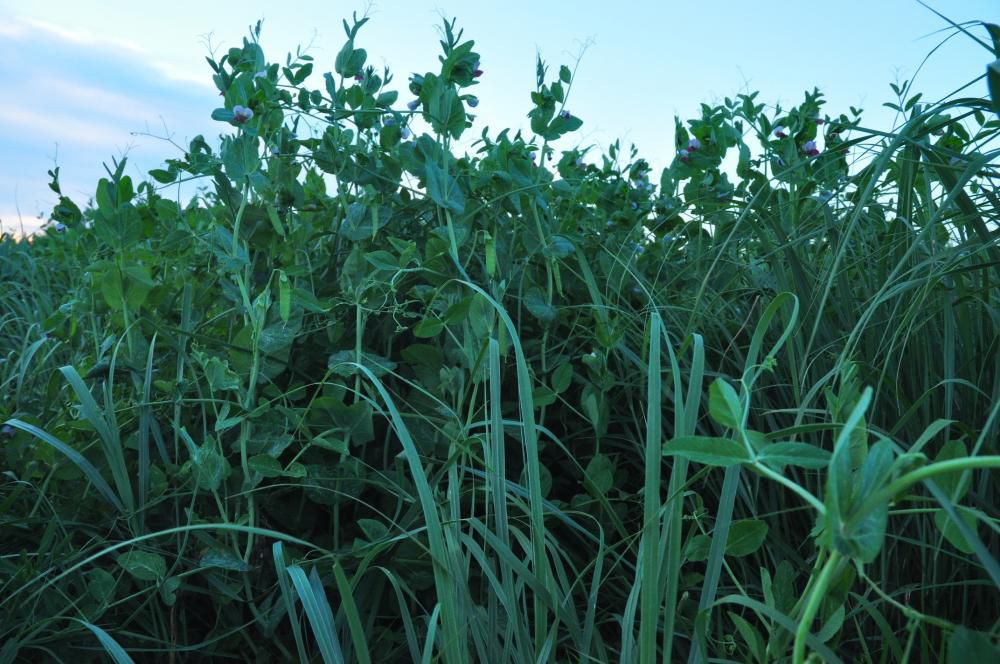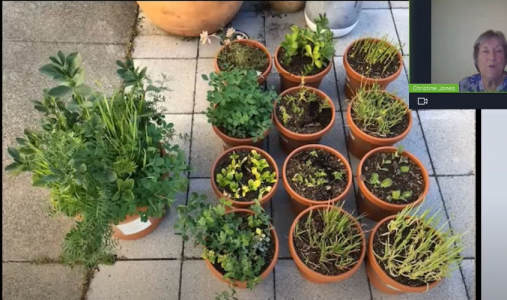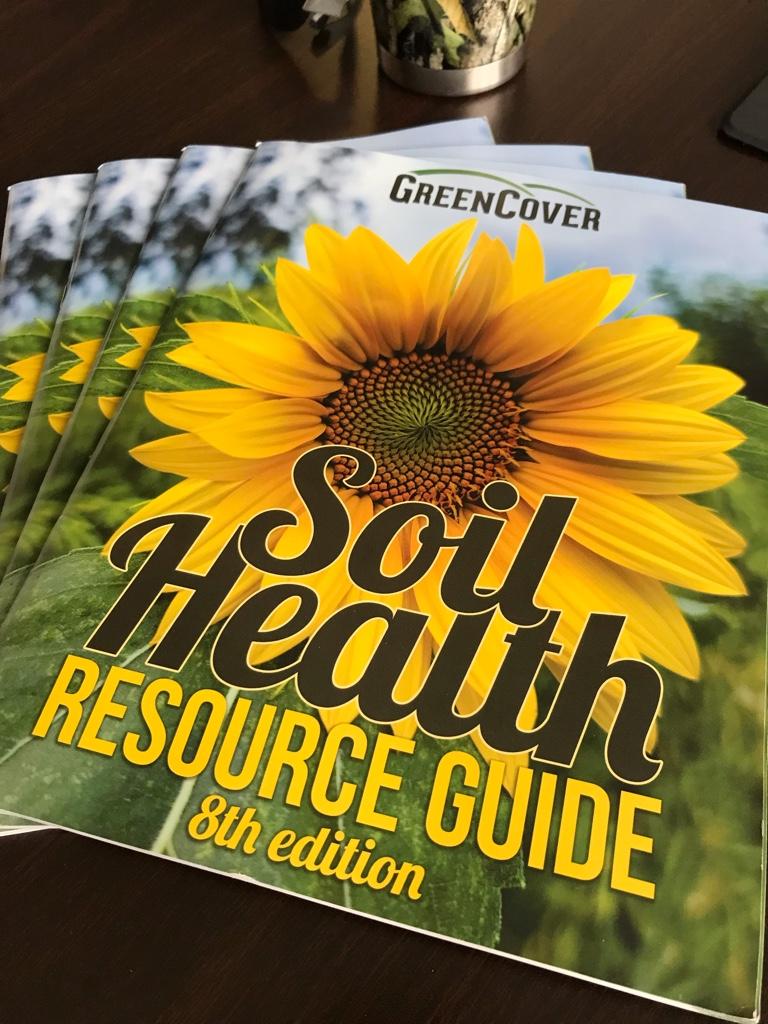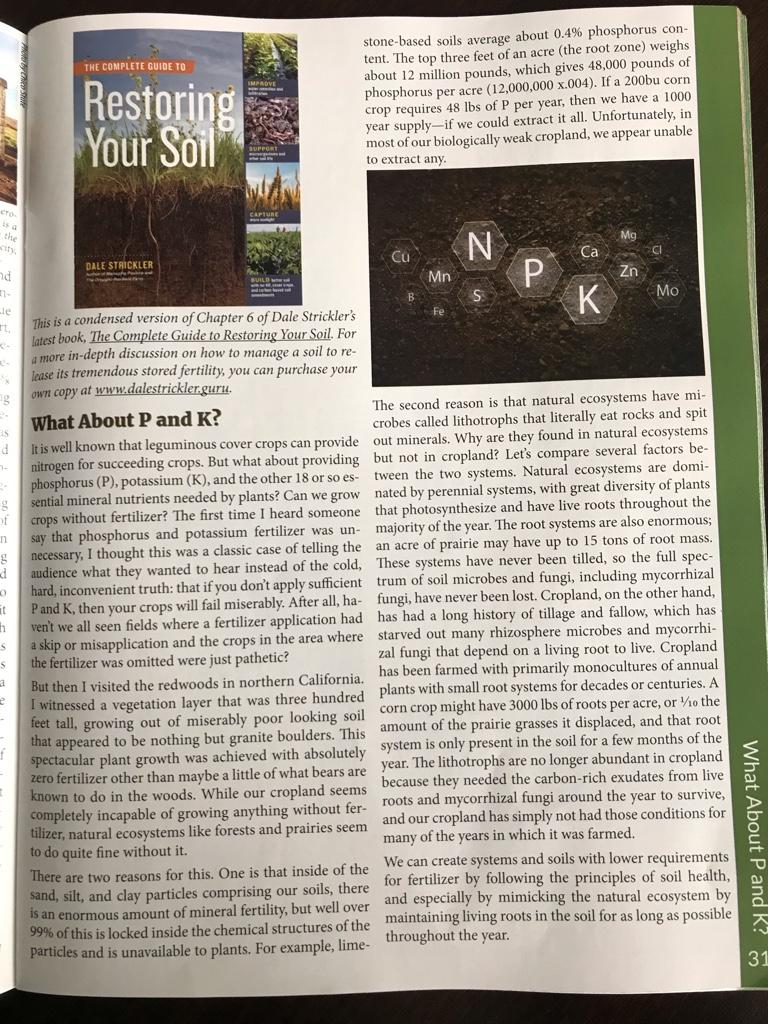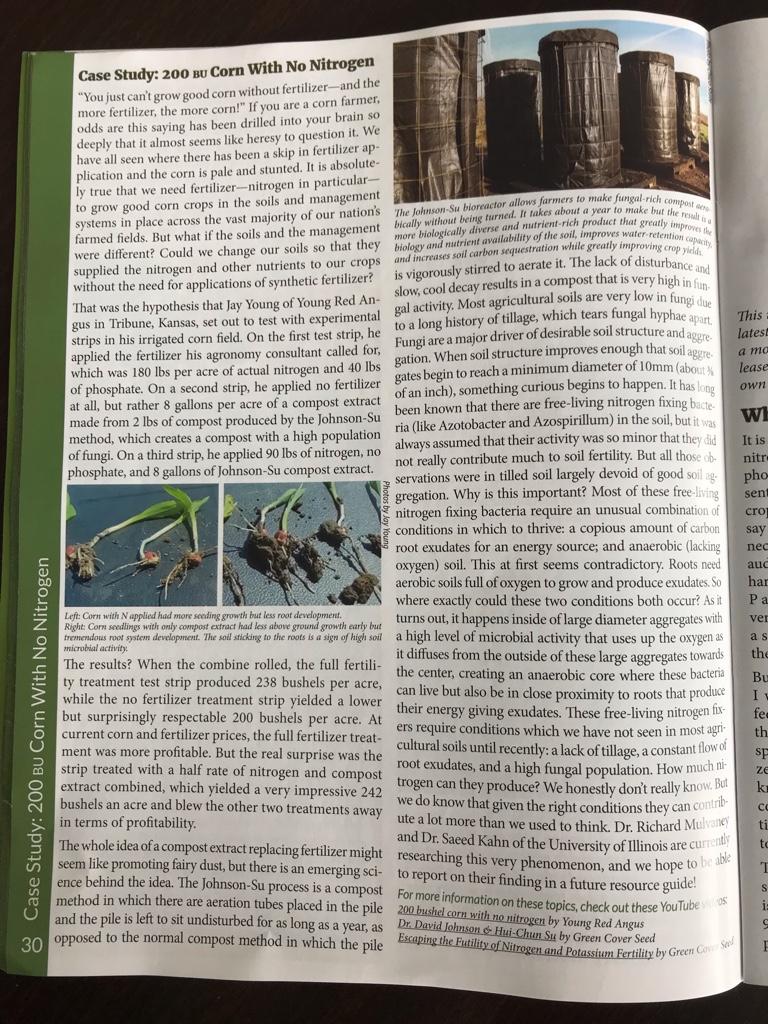SD51555
5 year old buck +
There seems to be enough interest here to warrant a digital library of sorts. This is not my own, so if you've got some great lessons you've found out there, either video or written, please post them up here. I suspect many of us have seen a good bunch of them, but if you don't see it here, post it. Here are some of my favorites:
The fundamentals of the soil food web, the foundation of biological fertility:
A great talk about why weeds happen and mycorhizal fungi:
The one that made me quit with pellet nitrogen:
The fundamentals of the soil food web, the foundation of biological fertility:
A great talk about why weeds happen and mycorhizal fungi:
The one that made me quit with pellet nitrogen:

